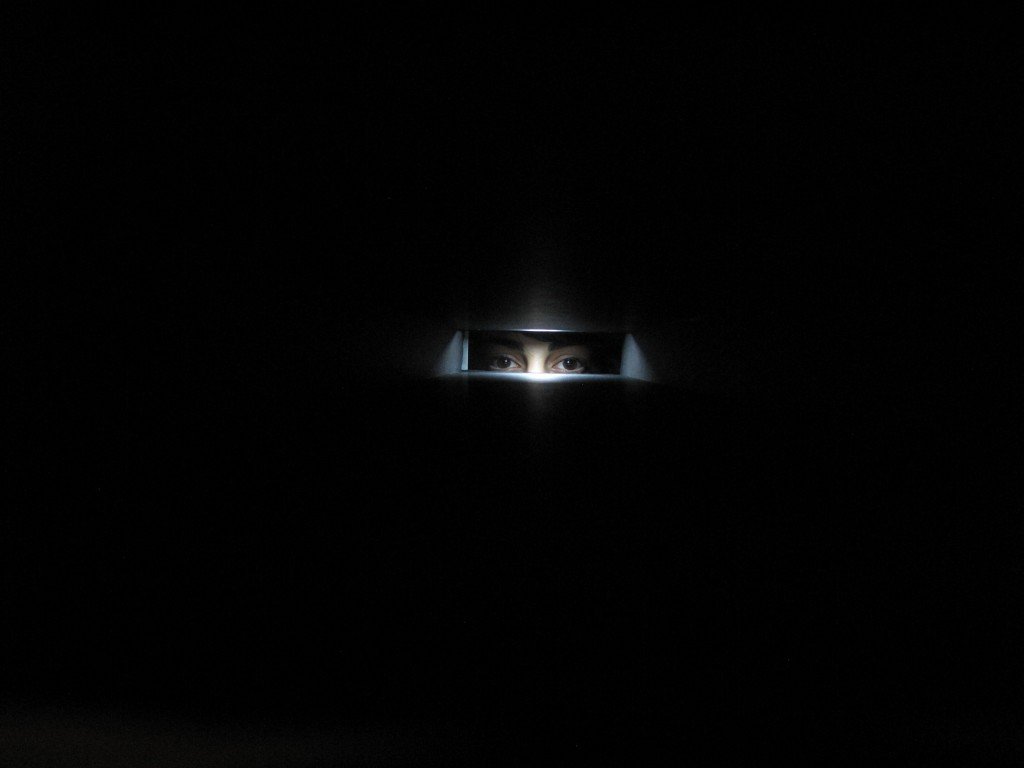Machines for happiness
Can art and design make us kinder? Can we design more trust or altruism into the city? These are questions everyone can help answer.
Working with the Museum of Vancouver, we challenged students from Simon Fraser University's School of Interactive Art and Technology (SIAT), Emily Carr University of Art and Design (ECUAD), and Kwantlen Polytechnic University (KPU) to create design interventions that would test or boost feelings of trust and connection among strangers.
On Nov 23, students tested their designs on hundreds of members of the public at MOV. We called this experiment: the Happy City Machine. The work was eye-opening, thought-provoking, and just plain fun. Three interventions really stood out:
Now You See Me (ECUAD students)
Seated in adjoining isolation booths, pairs of participants were asked to don a pair of headphones and gaze through a long, narrow tunnel at eye height. Initially looking into darkness, each participant discovered at the switch of a light that a stranger was peering back at them from the other end of the viewing tunnel. They were left to gaze at each others’ eyes for the duration of a song such as "It's a Wonderful World." The experience led people well past the point of social comfort. Some shut their eyes, but most did not back away from the intimacy. After each round, the strangers were introduced and invited to chat about their experience. Participants reported engaging in all kinds of ocular communication, from winks to moving their eyes in time with the music in a kind of playful dance. Most described the experience as positive, which is surprising given our general fear of eye contact with strangers.
Photo: Seth Geiser
Photo: Mani Mahmoudian
Rock the Boat (ECUAD students)
Students built the ultimate vehicle for social capital: a wooden boat under a broad umbrella, onto which video and conversational prompts were projected from below. Volunteers were invited into the boat's snug seating, where they were prompted to share secrets and jokes, and explore the idea that "we're all in the same boat." It's often hard to nudge strangers into proximity, but Rock the Boat succeeded, using clever design, intriguing projections and cozy arrangement to lure people together.
Photo: Mani Mahmoudian
Laughing Dresses (SFU-SIAT students)
Laughter is contagious. This kinetic fashion experiment explored that idea using a motion-sensing dress which emitted the recorded sounds of the dress wearer's own laughter through a hidden speaker. Each laugh was accompanied by twinkling lights embedded in the dress. The intensity and pattern of both sound and light were regulated by the movements of the wearer. The dress was a hit. It triggered an almost-viral chorus of laughter among party-goers.
Photo: Charles Montgomery




